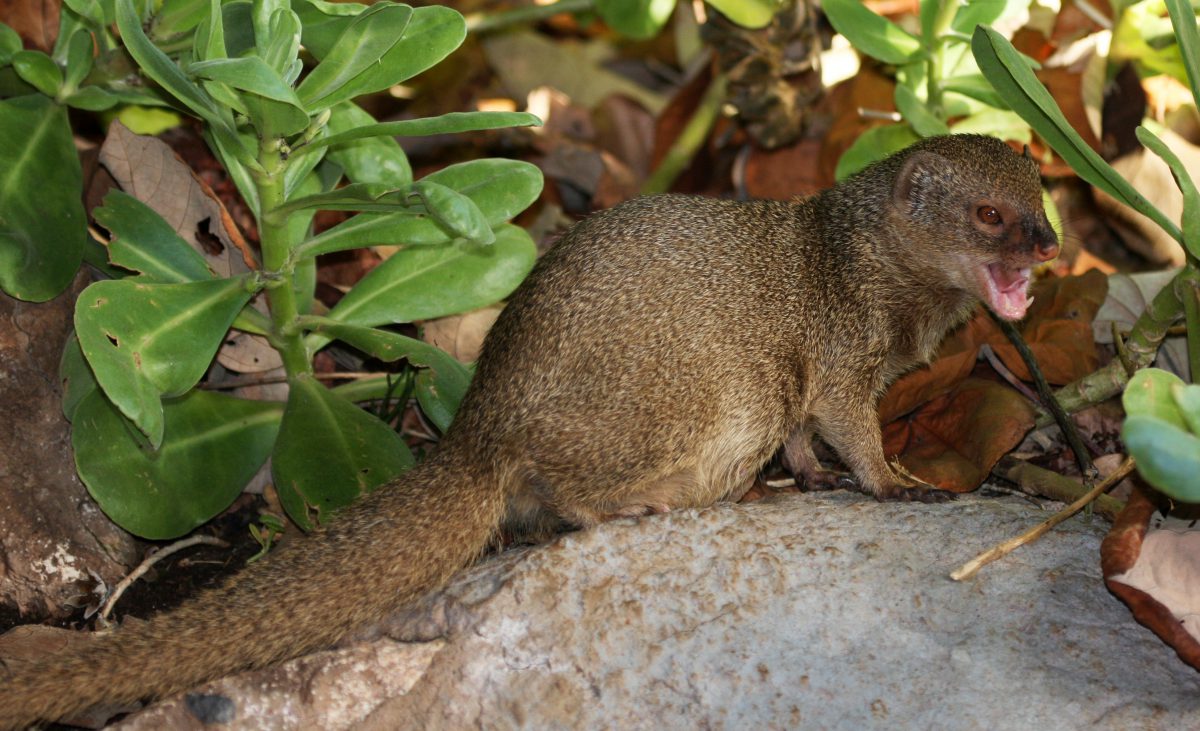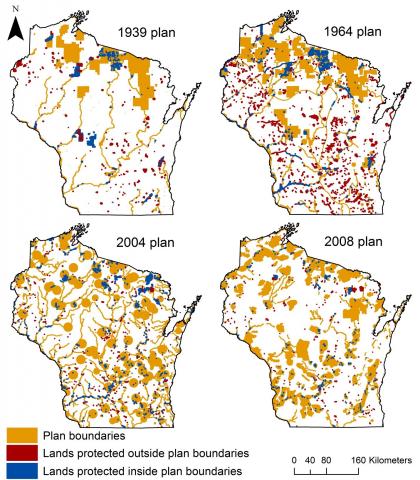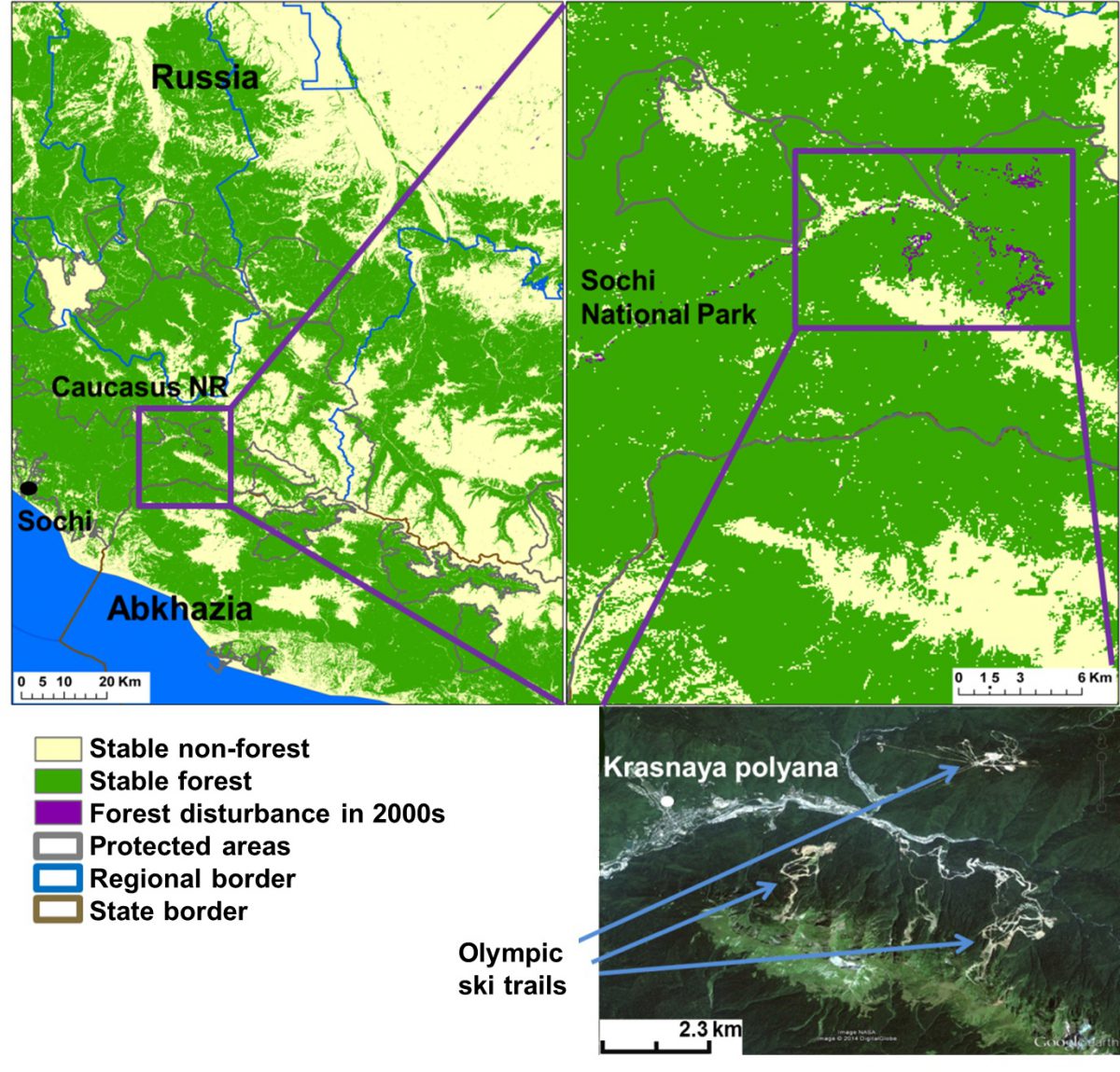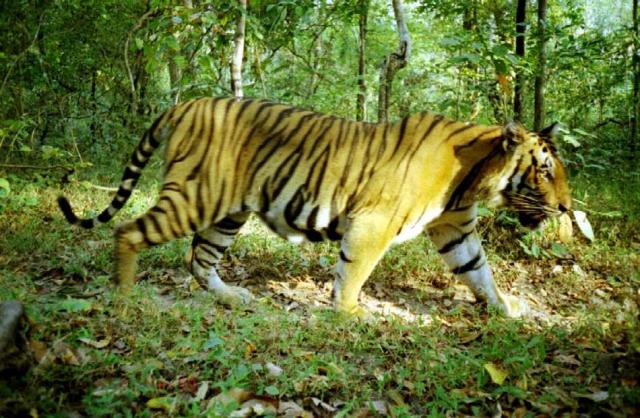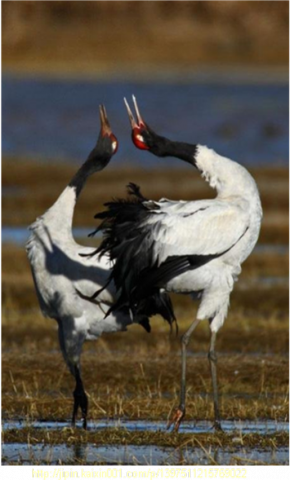This is a publication uploaded with a php script
Cost-effectiveness of different conservation strategies to establish a European bison metapopulation in the Carpathians
1. Where populations are con?ned to fragmented, human-dominated landscapes, preventing declines and extirpations will often rely on metapopulation management. Spatially-explicit population viability analyses provide tools to evaluate how well the local management e?orts can be combined to conserve metapopulations across large areas. Yet, metapopulation models have rarely been combined with tools to assess the cost-e?ectiveness of di?erent conservation strategies. 2. European bison Bison bonasus only occur in small, fragmented populations, making their long-term survival dependent on establishing a metapopulation across eastern Europe. We parameterized a European bison metapopulation model based on time-series of bison demography and a habitat suitability map to assess the viability of bison populations in the Carpathians and the relative cost-e?ectiveness of (i) reintroductions, (ii) wildlife overpasses and (iii) anti-poaching measures in establishing a viable bison metapopulation. 3. Our results suggest that the Carpathians could support a viable metapopulation of European bison provided that active e?orts are taken to safeguard bison and connect isolated herds. With such steps, our model forecasts that bison numbers could increase substantially over the next 100 years as local populations increase and bison recolonize parts of the Carpathians. 4. Reintroductions appear to be the most cost-e?ective approach for establishing a viable bison metapopulation among our scenarios, especially when coupled with wildlife overpasses to improve connectivity among herds. The most promising region for a bison metapopulation in the Carpathians was south-eastern Poland, Ukraine and northern Romania. We identi?ed several candidate regions for reintroductions and wildlife overpasses, especially in the border region of Romania and Ukraine. Site-speci?c assessments of both habitat suitability, and the costs and bene?ts of a large bison population, should target those regions. 5. Synthesis and applications. Our results highlight how careful conservation planning can identify solutions to preserve large mammals in human-dominated landscapes. Choosing the most e?ective option from a range of management strategies is a central challenge for wildlife managers. We have shown that incorporating cost-e?ectiveness analyses into metapopulation models can elucidate the relative value (gain per unit cost) of di?erent conservation management options, allowing decision makers to choose cost-e?ective options to preserve large mammals. Our model projections also provide hope for establishing a viable free-ranging European bison population in the Carpathians, one of the last relatively wild areas in Europe.
File: Kuemmerle_2011_0.pdf
